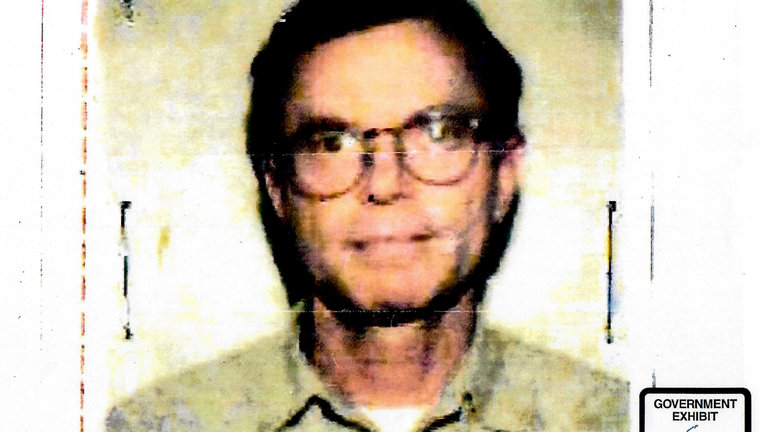Frontline Activists from Around the World Escalate Pressure on BlackRock
Over 80 renowned Indigenous and frontline activists organized to demand accountability from the world’s largest investors driving climate chaos
- APRIL 6, 2021
- PENDLE MARSHALL-HALLMARK
Join us for a webinar on Wednesday, April 7 at noon PT / 3pm ET
to learn how our grassroots pressure can have an outsized impact on moving big corporations to protect human rights and to decarbonize meaningfully and rapidly.
Amazon Watch and partners have seen big changes in the world of climate finance over the past few months in direct response to our coalition pressure campaigns. The communities most impacted by BlackRock’s insufficient action on climate are continuing to escalate their demands.
Days after BlackRock’s recent March announcements, over 80 renowned Indigenous and frontline activists from all over the world – including several recipients of the prestigious Goldman Environmental Award – issued a public letter criticizing BlackRock’s role in the ongoing violation of their land and human rights. The letter outlines the urgent need for action, stating: “While BlackRock makes pledges to ask portfolio companies to cut emissions in the future, our forests are being razed, our land is being stolen, and our people are being killed, today.”
Eloy Terena, Legal Coordinator of the Association of Brazil’s Indigenous Peoples (APIB), and one of the letter’s signers said: “BlackRock’s investments have an impact on our lives and our communities, and the company’s leadership, therefore, has a responsibility for our future. If the Amazon is destroyed, the future of the entire planet is at risk.”
Activists are pushing BlackRock to shift its thinking from a sole focus on the risks climate change poses to its investments, to a more holistic understanding of, and accountability for, how its investments are causing and accelerating climate change.
Sonia Guajajara, Executive Coordinator of APIB, said, “Despite its latest announcement on ‘natural capital,’ BlackRock does not have a concrete policy in place to handle investments that impact Indigenous peoples and our territories. BlackRock has not pledged to pressure companies to end deforestation in the Amazon. Our challenge to BlackRock is clear: safeguard Indigenous peoples’ rights and eliminate deforestation and human rights violations from its portfolios.”
This new letter by over 80 Earth defenders follows months of pressure to get BlackRock to act on human rights. In January, Eloy Terena, sent a public letter to BlackRock CEO Larry Fink. Amazon Watch amplified the letter’s calls that the company meet with Indigenous leaders to learn about how its investments are damaging frontline communities and develop a comprehensive policy to protect forests and Indigenous rights.
The letter from APIB came just before Larry Fink released his much-anticipated annual letter to CEOs and clients, in which he pledged that BlackRock would transition its investment portfolio to reach net-zero greenhouse gas emissions by 2050 or sooner. In the letter, Fink said that BlackRock would move to incorporate climate risk into its long-term investment analysis, and noted that most of the brunt of climate change is experienced by developing nations and vulnerable communities that can “least afford the economic shocks of a poorly implemented transition.”
Despite this rhetoric, Fink failed to articulate exactly how BlackRock will reach net zero. What’s more, the very concept of “net-zero” leaves the door open for companies to continue engaging in false solutions to mitigate climate change, such as buying carbon offsets instead of reducing their emissions.
In March, BlackRock released a memo on “natural capital”, a memo on human rights impacts, and updated engagement priorities. Notably, BlackRock encouraged the companies it invests in to adopt no-deforestation policies, to account for biodiversity in their operations, and to obtain the Free, Prior, and Informed consent (FPIC) of Indigenous peoples “for initiatives that affect their rights.”
These recent announcements are promising, but BlackRock has a lot to do before it can live up to them. As detailed in reports on financial links to environmental destruction from Amazon Watch, APIB, and Friends of the Earth, BlackRock remains one of the largest investors in the fossil fuel, agribusiness, and mining industries driving climate chaos in the Amazon and around the world. The company has also actively worked against shareholder efforts to address these problems.
The demands from frontline leaders are clear. Going forward, the finance team and our allies will be watching BlackRock’s performance in the 2021 Annual General Meeting (AGM) season to see how it uses its power as a leading shareholder to vote on climate-related resolutions, and whether it responds to demands from Indigenous and frontline leaders to create and implement a binding policy on deforestation and Indigenous rights. BlackRock’s new announcements recognizing the need to reach near-zero-emissions are a step in the right direction that comes after years of campaigning by Indigenous leaders and civil society organizations, but without clear accountability measures, they remain empty promises.
AMAZON WATCH » Frontline Activists from Around the World Escalate Pressure on BlackRock


 thumbnail
thumbnail












 Thousands of people demonstrate against the Government of Guillermo Lasso, in Quito (Ecuador). | Photo: EFE/José Jácome
Thousands of people demonstrate against the Government of Guillermo Lasso, in Quito (Ecuador). | Photo: EFE/José Jácome